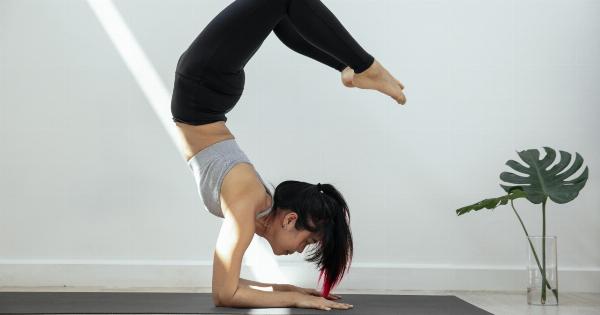Mental resilience is the ability to adapt and bounce back from adversity, stress, and challenges. It is an essential trait to possess in today’s fast-paced and constantly changing world.
Building mental resilience is a popular topic and rightly so, as it helps in promoting a positive attitude, reducing stress, and increasing overall well-being.
While there are many different ways to build mental resilience, one exercise that can have tremendous benefits is the “Three Good Things” exercise..
What is the “Three Good Things” Exercise?
The “Three Good Things” exercise is a simple and effective way to build mental resilience. It involves writing down three positive things that happened in your day and reflecting on why they happened.
This exercise is based on the principles of positive psychology, which asserts that focusing on positive experiences can have a significant impact on our well-being and resilience.
How to Do the “Three Good Things” Exercise
Here’s how to do the “Three Good Things” exercise:.
- Select a time of day to do the exercise. It could be in the morning, before bed, or any other time that works for you.
- Think back on your day and identify three positive things that happened.
- Write down these three things in a notebook or journal.
- For each of the three things, write down why they happened. For example, if one of your good things was that you received a compliment from a colleague, reflect on what you did to receive that compliment.
- Take a few minutes to reflect on how these positive experiences made you feel.
It’s important to note that the “Three Good Things” exercise doesn’t have to be limited to just three things. If you have more positive experiences to reflect on, feel free to write them down.
The Benefits of the “Three Good Things” Exercise
The “Three Good Things” exercise offers numerous benefits that can help build mental resilience. Here are just a few:.
1. Boosts Positivity
Reflecting on positive experiences helps to boost positivity and improve mood. It helps to shift our focus towards the good things happening in our lives, even if they may seem small or insignificant.
2. Improves Gratitude
The “Three Good Things” exercise helps to cultivate a sense of gratitude by encouraging us to focus on our blessings and what we have, rather than what we lack.
Practicing gratitude has been linked to numerous benefits, including reducing anxiety and stress and improving sleep.
3. Builds Resilience
Reflecting on positive experiences helps to build resilience by reminding us that good things can and do happen. This can be especially helpful during difficult times when it may feel like everything is going wrong.
Tips for Making the “Three Good Things” Exercise More Effective
Here are some tips to help make the “Three Good Things” exercise more effective:.
1. Be Consistent
Try to do the exercise every day at the same time. Consistency helps to build the habit and makes it more likely that you’ll stick with it long-term.
2. Be Specific
When reflecting on your positive experiences, try to be as specific as possible. Instead of just saying “I had a good day,” think about what specifically made it a good day. This will help to make the experience more memorable and meaningful.
3. Reflect on Why
For each of your positive experiences, take some time to reflect on why it happened. This helps to build a sense of control and agency, which can be empowering.
4. Don’t Be Too Hard on Yourself
Some days, it may be challenging to come up with three positive things. That’s okay. Remember that the goal is not to force positivity but rather to cultivate a mindset of gratitude and resilience.
Conclusion
The “Three Good Things” exercise is a simple yet effective way to build mental resilience. By focusing on positive experiences and reflecting on why they happened, we can boost positivity, improve gratitude, and build resilience.
Give it a try and see how it can help you in your daily life.





























